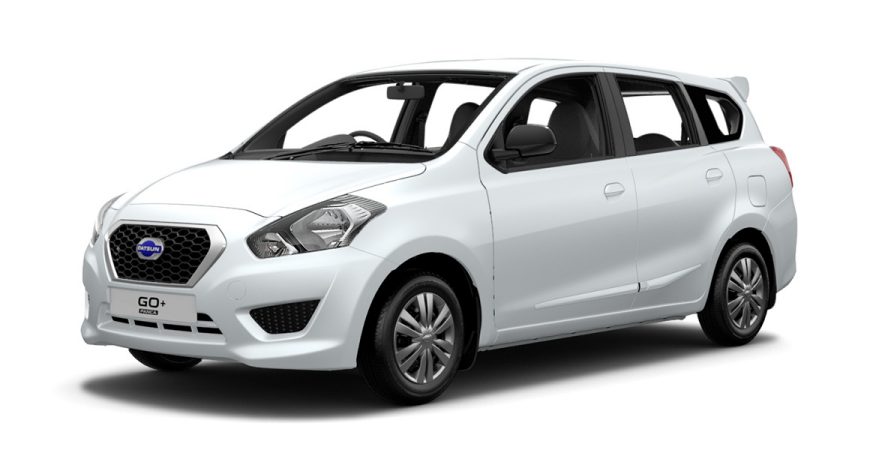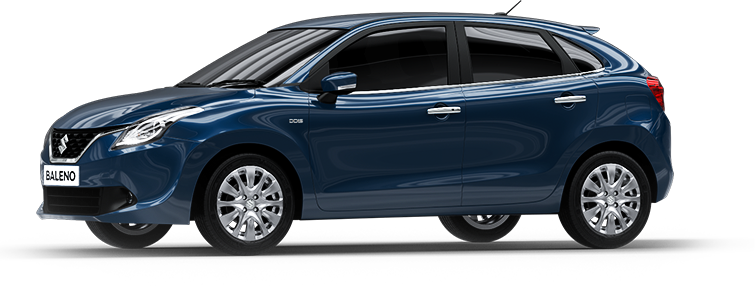Anyone who has ever owned a vehicle knows that repairs can get expensive. The problem is that it’s difficult (and sometimes impossible) to anticipate when something is going to go wrong, and unforeseen car expenses are never ideal. In order to reduce your long-term spending, it’s important to take steps to protect your vehicle now – while it’s still running properly. Here are 5 tips that will make owning a car less expensive and troublesome in the long run.
Check Your Manual for Maintenance Scheduling
That book in your glove box provides a great deal of helpful information. If you no longer have yours, you should be able to find a copy online. Check the manual to see how often you should perform basic maintenance such as changing the oil and coolant, rotating the tires, replacing the cabin air filters, and so on. You may even want to set a calendar reminder on your phone, or you could write down the dates on an actual calendar. When the time comes, don’t put off maintenance. The low cost now is preferable to the high cost of repairs later.
- Find a Good Mechanic
Unless you’re well-versed in automotive repair, you’re going to have to get professional repairs done eventually. Going to an honest, skilled mechanic is one of the easiest ways to save a whole lot of money. Once you’ve found a good mechanic, don’t go elsewhere. Repeat business is naturally going to lead to better service and sometimes even better prices. To foster a positive relationship with your mechanic, Forbes recommends communicating effectively, dropping off a clean vehicle, and being accessible without micromanaging the project.
- Have an Emergency Kit Prepared
Left untreated, a minor issue can turn into a bigger one. For example, if your car overheats and you keep driving it to get home, you risk further damaging your vehicle. CNN recommends packing a kit with the following essentials:
- Motor oil
- Jumper cables
- Coolant and de-icer fluid
- A flashlight with spare batteries
- Emergency flares
- Spare tire and jack
- First aid kit
- Listen to Your Car
While some problems may go undetected until it’s too late, many can be avoided. If your car is making unusual sounds, have it checked. If a warning light comes on, have it checked. It may seem obvious, but many drivers ignore the problem until it’s too late. According to Cars.com, some symptoms that may be signs that your car needs a tune-up include low fuel economy, sluggish acceleration, and hard starting.
- Use Quality Components
It’s always tempting to go for the cheapest replacement part available, but you’re going to pay for it eventually. At the same time, you don’t always have to pay a fortune for replacement parts either. These days, plenty of savvy shoppers are buying their own replacement parts online, rather than ordering directly through a mechanic.
Technicians at Enjuku Racing, a specialty automotive parts retailer, say that upgrading and maintaining a car is rarely an easy process, so it may be in your best interest to seek professional help when it comes to doing the actual labor. However, you may be able to find better parts online at the same cost (or less) than you would pay in-store.
Author Bio:
Frankie Little is a freelance writer from Denver, CO who lives for cars, racing, and aftermarket modifications. When he’s not writing about cars, driving them, or tinkering away in his garage, Frankie enjoys basketball, fitness, and bicycling.















